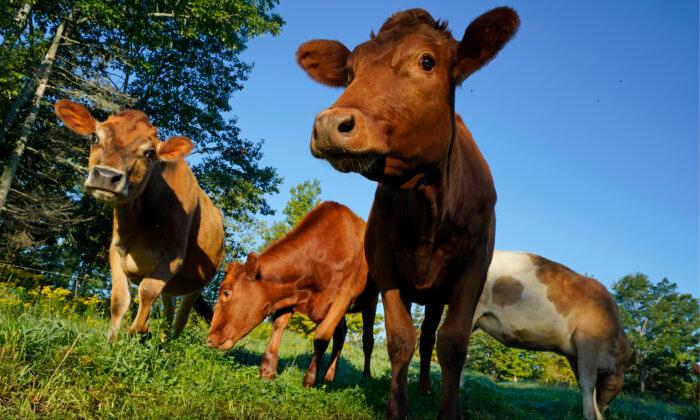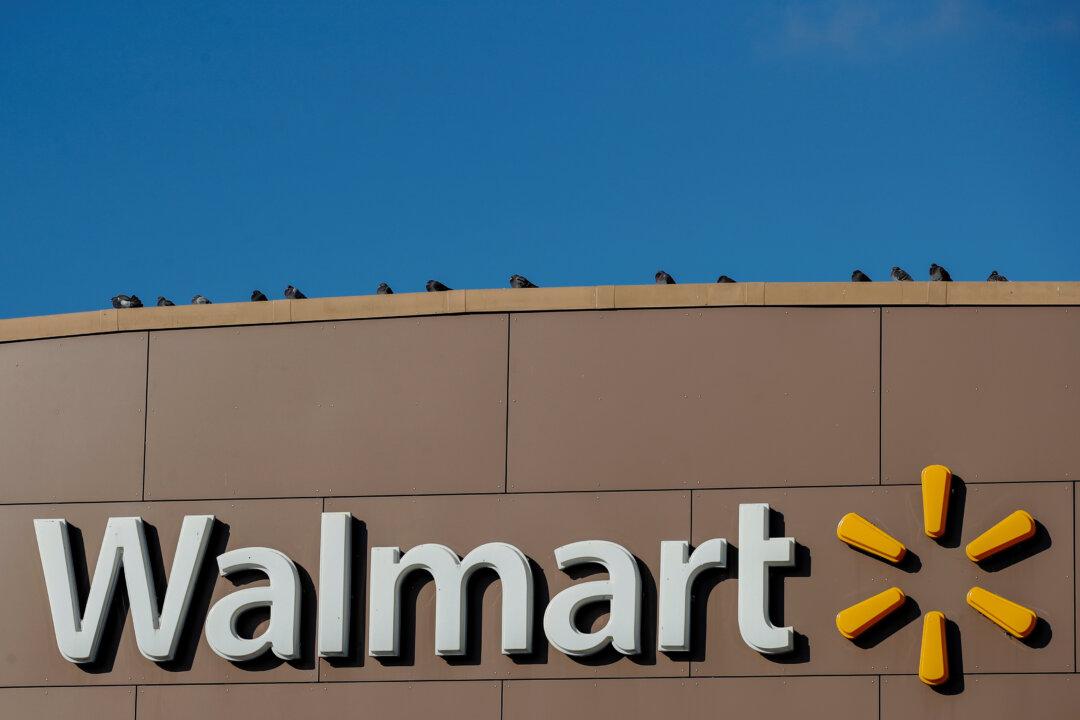The U.S. Department of Agriculture (USDA) will take steps to weed out false or misleading animal-welfare claims on meat and poultry packaging with new guidance and testing after receiving petitions challenging its existing process for not being rigorous enough, the agency announced on Wednesday.
“Consumers should be able to trust that the label claims they see on products bearing the USDA mark of inspection are truthful and accurate,” Agriculture Secretary Tom Vilsack said in a statement.
“USDA is taking action today to ensure the integrity of animal-raising claims and level the playing field for producers who are truthfully using these claims, which we know consumers value and rely on to guide their meat and poultry purchasing decisions.”
Animal-raising claims—such as “pasture raised,” “humanely raised,” and “raised without antibiotics”—are increasingly popular with consumers and allow producers to charge a premium.
Both meat producers and animal welfare advocates say the USDA isn’t adequately substantiating the claims or ensuring they meet consumer expectations. The USDA lets producers define some terms, including “humane,” which can lead to widely varying conditions for animals. Other claims like “free range” are clearly defined by the USDA, but some producers are skirting requirements.

The USDA must approve all animal welfare claims on meat and poultry labels before products can be sold. But unlike “organic” claims, which are verified in person by government regulators, animal welfare claims are substantiated with paperwork submitted to the USDA.
The USDA doesn’t have the regulatory authority to check animal welfare claims on farms, said Sandra Eskin, the USDA’s deputy undersecretary for food safety.
“There are plenty of companies out there that are following the law and many that are not, and that’s just not fair,” Eskin said.
Eskin said the agency might also update definitions of certain claims, a change some producers have been pressing for. Perdue Foods, a major poultry and pork producer, recently asked the USDA to clarify the difference between “free range” and “pasture raised.” The agency uses the terms interchangeably, Perdue said, even though “free range” chickens may roam in dirt or shrubs and not necessarily pasture.
The USDA’s Food Safety and Inspection Service (FSIS), which oversees meat labeling, plans to revise the industry guidelines, which were last updated in 2019, after receiving requests from stakeholders to reevaluate its oversight of animal-raising claims. The agency plans to encourage companies to use third-party certification for their label claims.
To substantiate “no antibiotics” claims, the USDA also plans to explore new testing to find traces of antibiotics in animals once they arrive at processing plants.
“The results of this project will help inform whether FSIS should require that laboratory testing results be submitted for the ‘raised without antibiotics’ claim or state a new verification sampling program,” USDA said in a press release.
Agricultural groups, including the North American Meat Institute, will work with USDA to ensure labels are truthful and not misleading to consumers.
The nonprofit Animal Welfare Institute, which monitors animal welfare claim submissions to the USDA, found that 85 percent of the 97 submissions it reviewed had inadequate documents substantiating the claims.
“A lot of the substantiation is a sentence or two: ‘I raise my animals humanely,’” said Dena Jones, director of the Animal Welfare Institute’s farmed animal program. “It is wholly inadequate.”
Jones said the USDA has been overwhelmed with new claims as producers try to meet consumer demand for higher animal welfare standards. Last year, Eskin said the government received more than 120 label applications each week.




